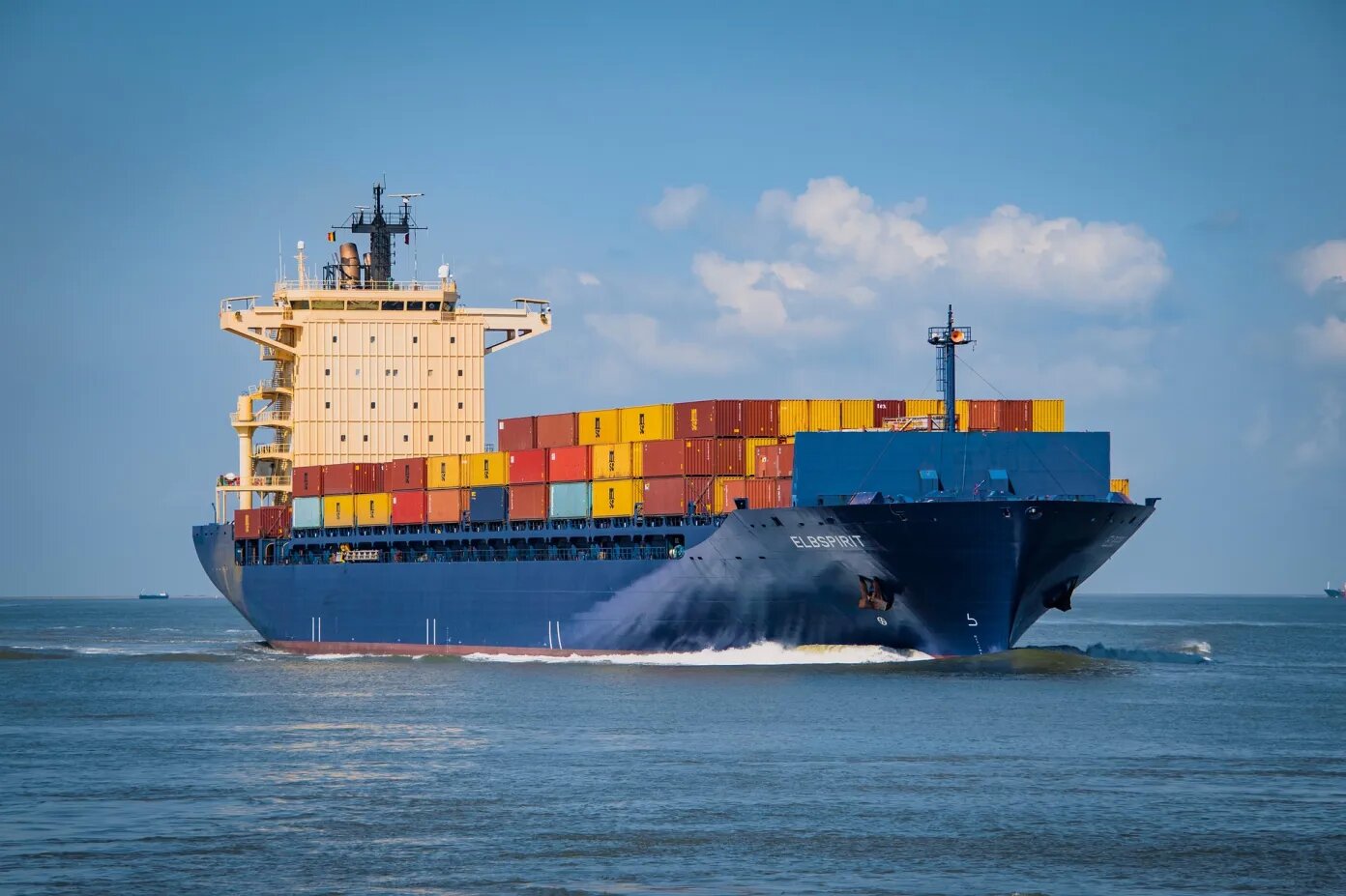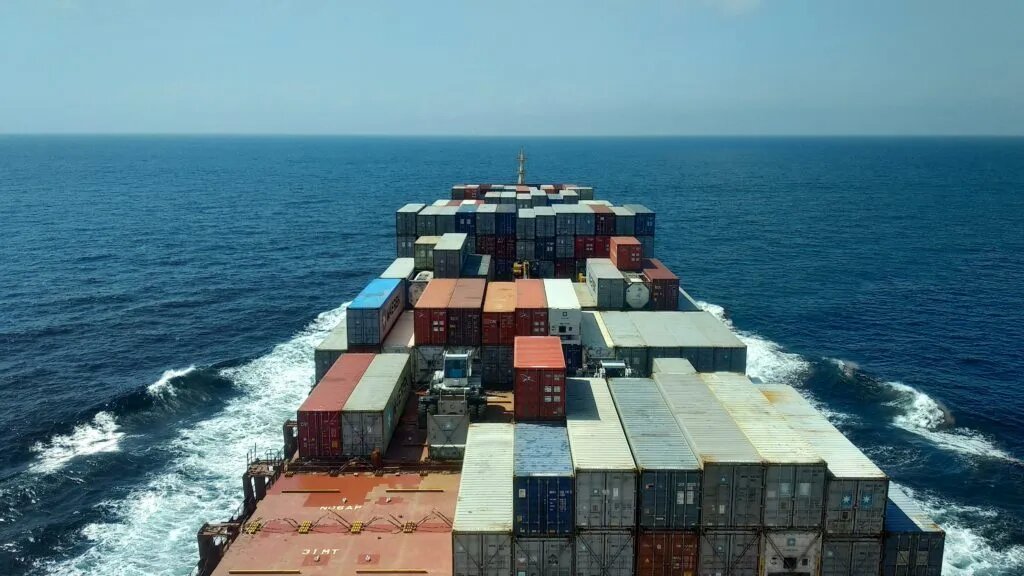On August 8, the 2025 Yangtze River Shipping High-Quality Development Promotion Conference was held in Nanjing. Data from the Yangtze River Maritime Affairs Administration of the Ministry of Transport shows that from January to July this year, the cumulative cargo throughput of ports along the Yangtze River trunk line is estimated at 2.34 billion tons, a year-on-year increase of 4.8%.
The data indicates that in the first seven months, the Three Gorges Hub handled 98.584 million tons of cargo, up 15.3% year-on-year; the Yangtze River Pilotage Center guided 35,000 vessels, a 2.4% increase; and cruise passenger volume reached 5.144 million, growing by 5.3%, demonstrating steady progress in Yangtze River shipping production. The unified navigation rules for the Yangtze River trunk line ensured a 100% guarantee rate for waterway navigation dimensions, with a 10% improvement in water depth utilization. Electronic navigation charts now cover 5,606 kilometers of the Yangtze River system, further enhancing the golden waterway’s capacity to support economic development along the river.
The achievements in building a “Smart Yangtze” have been significant. The “Credit Yangtze” information system version 2.0 was launched, with registered users reaching 260,000. Collaborative sharing mechanisms were established with Jiangsu, Anhui, Chongqing, and other regions to promote cross-regional credit governance as a unified network. The intelligent management platform efficiently handled over 49,000 tasks, significantly improving on-site supervision accuracy and emergency response effectiveness. In terms of comprehensive support platforms, the Yangtze New Chain and Yangtze Shipping Data Center have been completed and put into operation, while the new generation of Beidou shipborne intelligent terminals has been widely adopted, achieving full integration of shipping infrastructure and industry data. The public service platform—”Yangtze e+”—has recorded over 180 million clicks and was selected as one of the “Top 100 Outstanding Accounts in Online Mass Line Work in 2024” by the Cyberspace Administration of China. In building a unified and open market, the “Yangtze Vessel Capacity Renewal Service System” was launched in the first seven months of this year, providing one-stop, full-process services for vessel scrapping and renewal. Ten measures closer to people’s livelihoods were implemented, including the “New Three Categories” export direct service.
As of now, the Yangtze River Maritime Affairs Administration has promoted the introduction of five green vessel industry standards and coordinated the planning and construction of comprehensive energy replenishment stations, steadily improving the green shipping system. From January to July this year, vessels in the Yangtze River Economic Belt used 128.628 million kWh of shore power while berthed, a 22% increase year-on-year. In the Jiangsu section of the Yangtze River, all 15,143 shore power facilities have been connected, with over 2,800 vessels using shore power daily. Cumulative shore power services reached 2.675 million vessel calls, totaling 470 million kWh. The Jiangsu section also developed a joint supervision and service system for vessel water pollutants, enabling traceability of sources, destinations, and control of the process. Daily pollutant reception exceeded 15,000 vessel calls, with cumulative reception of vessel garbage at 790 million tons and domestic sewage at 5.293 million cubic meters.
In terms of safe development, the Yangtze River Maritime Affairs Administration has continued to identify and rectify major risk hazards, issuing the “Yangtze River Trunk Line Large Vessel Navigation Safety Risk Grading and Control Measures” and implementing the “one-route-one-policy” approach for interprovincial passenger routes. Currently, accident indicators on the Yangtze River trunk line remain low, with a consistently stable safety situation. In the Jiangsu section, big data and AI technologies were leveraged to establish an intelligent emergency resource allocation mechanism. A unified visual “map” now displays the province’s 113 emergency teams, 729 experts, and over 16,000 pieces of emergency equipment, enabling rapid access to hazardous chemical properties, disposal plans, and other information, improving query efficiency by over 70%.
Liu Liang, Director of the Yangtze River Maritime Affairs Administration, stated that to achieve the goals of building the Yangtze River into a golden waterway across its entire basin and creating a model for inland waterway shipping in China’s transport powerhouse, the administration will further implement the “Six Yangtze” projects: “Yangtze Sky Eye,” “Yangtze New Chain,” “Yangtze Map Chain,” “Yangtze Data Chain,” “Yangtze Material Chain,” and “Yangtze e+.” Building on the foundation of a Smart Yangtze, these projects aim to achieve comprehensive supervision, full signal coverage, worry-free navigation, complete data aggregation, seamless logistics, and industry-wide services. The Yangtze River shipping system will be developed into a safe and resilient strategic corridor, an economically efficient logistics channel, and a green, low-carbon ecological corridor, providing stronger support for the high-quality development of the Yangtze River Economic Belt. (Li Lu)




